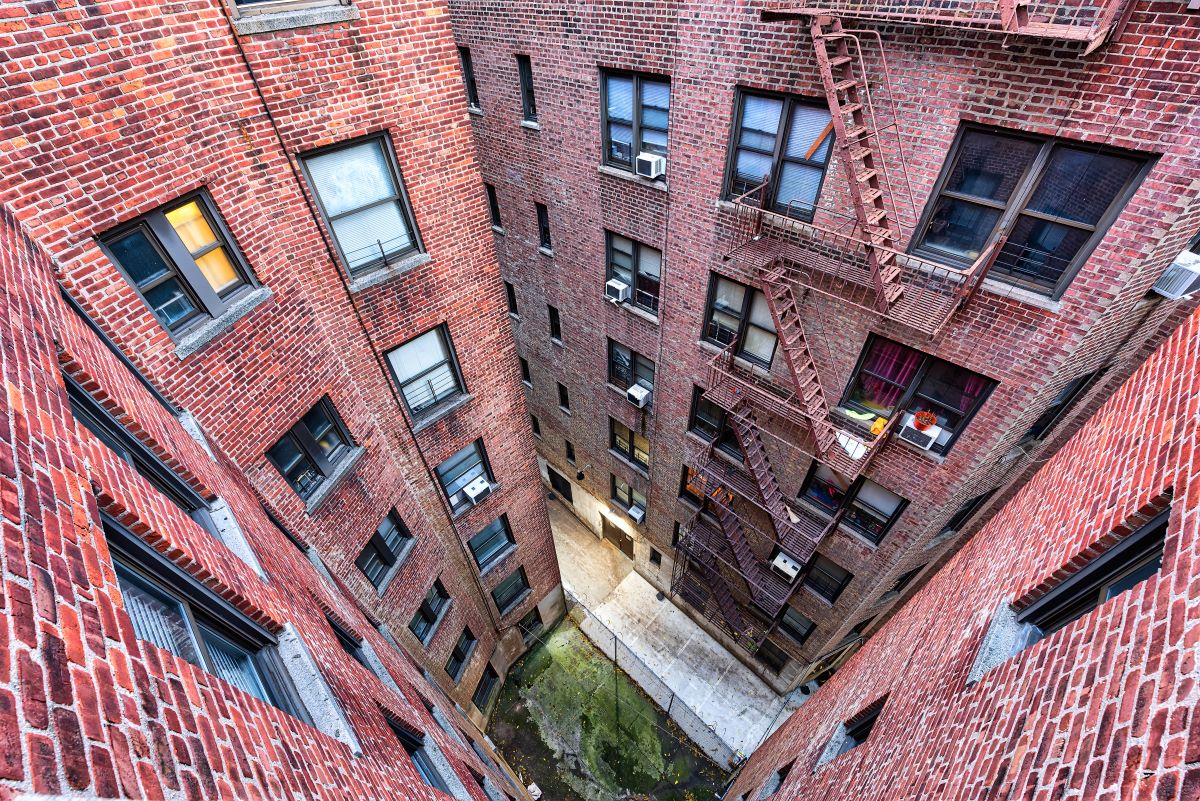A new survey of landlords from the Urban Institute paints a bleak outlook for the U.S. rental market.
According to the results, close to 60 percent of landlords across the country are considering evicting their tenants over the next year so they can raise rents. Another 44 percent said they are actively encouraging their tenants to vacate their properties for the same purpose.
The survey captured responses from more than 1,100 landlords across the country. More than 70 percent of the respondents own four rental properties or less. The survey asked them about the financial challenges they faced during the pandemic and how the landlords are working to overcome them.
“Although landlords have been unable to evict tenants for much of 2021, they have often found other ways to vacate units, and evictions are likely to pick up in the months ahead,” said Jung Hyun Choi, a senior research associate at the Urban Institute.
Federal, state, and local eviction moratoriums prevented landlords from evicting their tenants during the pandemic. A review of the policies by the Eviction Lab at Princeton University found that these orders prevented 1.55 million evictions while they were in effect.
But the survey found that landlords who did not receive rental payments from their tenants used other means to evict them despite the orders being in place. For example, 59 percent of these landlords encouraged their tenants to leave the property. Another 27 percent did not renew their tenant’s lease after it expired. And 22 percent agreed to terminate the lease mutually.
While these efforts have not created the “eviction tsunami” that many experts have predicted, the survey shows that the worst may be yet to come for millions of renters.
Overall, nearly 40 percent of landlords said they have enacted tighter tenant screening protocols in the wake of the pandemic. Some measures include checking:
- a tenant’s source of income
- job history
- rental history and evictions
- credit score
- criminal background
Close to 90 percent of landlords said they check these criteria. Most are concerned about a tenant’s income level and the number of late payments.
“In an increasingly competitive rental market, stricter tenant screening will create higher barriers to finding housing, especially for renters who have previously struggled to make on-time payments or have been evicted,” Choi said.
Meanwhile, an analysis of rental market data by Harvard’s Joint Center for Housing Studies (JCHS) found that millions of renters are still struggling to find a comfortable standard of living as landlords continue to increase housing costs.
The analysis found that 62 percent of renters, representing 19.2 million households with one or two working-aged adults, are considered “residual-income” cost-burdened. This means that these households do not have enough money to cover their expenses after paying their monthly housing costs.
This is significantly higher than the 14.8 million households considered cost-burdened because they spend more than 30 percent of their monthly income on housing.
“Pandemic-related income losses, rising housing costs, and inflation in the cost of basic necessities have put a comfortable standard of living out of reach for many Americans,” said Whitney Airgood-Obrycki, a senior research associate at JCHS.
The analysis also found that the total cost of living is getting more expensive. On average, a household needs to earn $40,000 annually to cover its non-housing expenses, with the lowest income earning households needing to earn at least $30,000.
But these average costs are far above their actual incomes.
According to the latest American Community Survey data from the Census Bureau, more than 33 million households make below $35,000 per year, and 22 million of that total make $25,000 or less.
To help reduce the burden on these households, Airgood-Obrycki suggests that cities adopt a combined housing and transportation subsidy. Doing so could cut the overall income deficit for low-income households in half, she adds.
Another solution that Choi points to is expediting emergency rental assistance (ERA) payments to landlords and renters alike. The Urban Institute found that 30 percent of renters who applied for relief are still waiting for payments. This comes as jurisdictions like the District of Columbia and New York State have exhausted their rental relief funds.
“Ensuring that those who need ERA receive it in a timely fashion can help these renters find a home and combat skyrocketing rental prices,” Choi said. “But even with more assistance, the effects of the COVID-19 crisis are likely to linger in the rental market for years to come.”
How You Can Help
The pandemic proved that we need to rethink housing in the U.S. It also showed that aid programs work when providing agencies and service organizations with sufficient funds and clear guidance on spending aid dollars.
Contact your representatives. Tell them you support keeping many of the pandemic-related aid programs in place for future use. They have proven effective at keeping people housed, which is the first step to ending homelessness.













